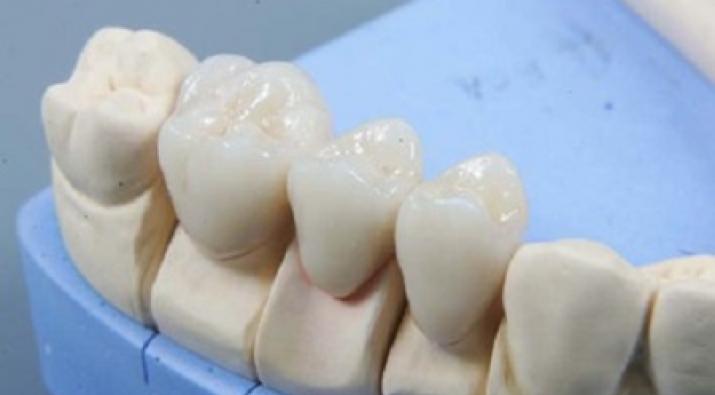
Dental bridges are applied in the absence of one or several teeth. Previously, for these purposes, only one type of the construction was available. It is the dental bridge. The term denotes two adjacent teeth, even if they were completely healthy, they fixed with a single crown.
Bridgeworks and crowns represent an optimal solution to the wide range of dental problems. In 70% of those aged 40-50 years have dental defects caused by dental caries and its complications, non-carious lesions of teeth, periodontal diseases, the inflammatory diseases of odontogenic character, malocclusion, and trauma.
The defect of dentition is an irreversible process, and so are the arising and developing pathological conditions with typical symptoms. Prosthetics is the only way to eliminate these unpleasant complications.
It is necessary to assess the degree of alveolar atrophy processes, their shape and surface slope (flat, steep, and overhanging). The presence and severity of mounds top jaw. Pre-assessment of the patient's teeth is needed to learn the number of remaining teeth, their stability, relative position, the ratio of the lengths of the root and the crown of the tooth.
The best type of dental bridge design and materials, which it will be made of, are determined by the dentist.
Sometimes the supporting teeth can become loose and damaged by the bridgework. The current understanding of the need to preserve bone restricts the use of this type of prosthesis. The fact is that after the tooth extraction, bone, which held it is unloaded, i.e. not functioning. This results in atrophy and its resorption.
However, as Virginia dentists state it is not possible in all cases to use a fixed prosthesis. These are the edge defects when the use of bridges is impossible due to edentia (the absence of all or a substantial number of teeth in one or both jaws. This case illustrates the use of removable structures that can easily be taken out of the mouth as the dentist and the patient.
The dental bridges are not supported only by the teeth; they are also supported by the alveolar part, the hard palate. Therefore, in prosthetics the dentures should be evaluated not only by the quantity, but by condition and relative position of the patient's teeth. The state of alveolar bone and oral mucosa should be identified.